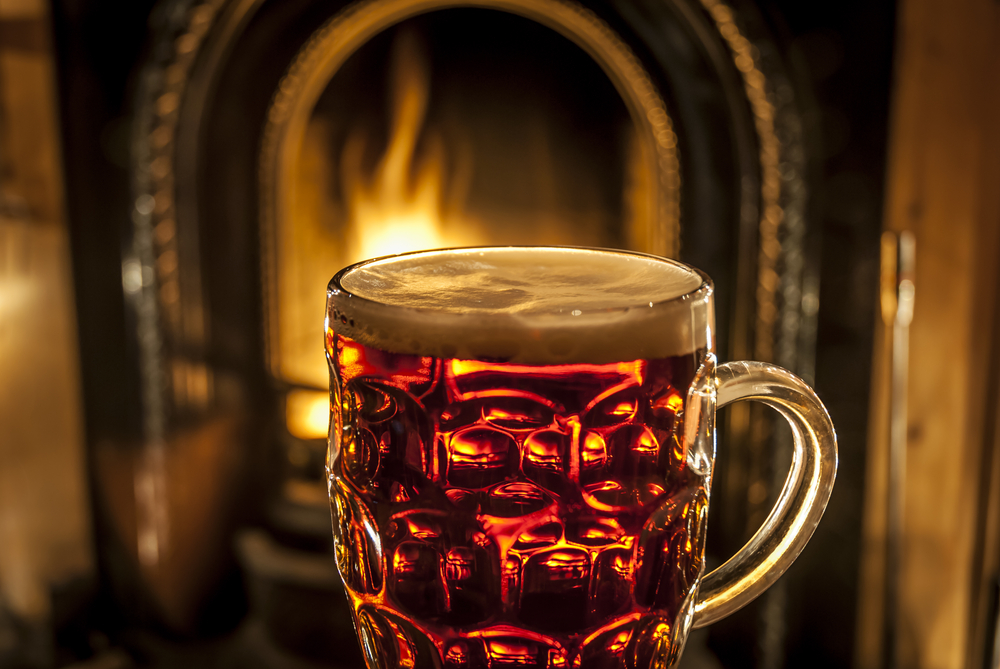At this time of year, as the school’s resident music psychologist, life is normally all about singing and playing carols. Sheffield is my adopted northern home, having trained, worked and lived there for 13 years. “Oooop” north, as those down here say, we have a lot of local traditions; Sheffield carols has being going on since the 18th century—it is one of Yorkshire’s best.
For a few hundred years, Sheffielders have gathered in local pubs (particularly in the North West of the city down into Derbyshire) and sung Christmas Carols. ‘So what?’ you might say, ‘I sing Christmas Carols at home whilst prepping the brussels.’ But these, dear southerners, are a very special, quite magical and an entirely different community experience.
Sometimes these carols are a cappella, sometimes accompanied by a brass band or the pub’s organ, but they are always complemented by a pint or two. Carol sessions begin in November and are mostly riotous, boozy and packed into the back room of a pub. Done this way, they aren’t really for listening to; they are for experiencing, joining in, and they are a life-loving event (remember that when you look at the clips!). As a psychologist interested in how we can enhance health and wellbeing through music, it is the sense of community, shared meaning, and the physicality of singing and engaging in that experience that interests me. It is quite amazing, unique, and makes me proud to be a northerner (as I’m sure it does for everyone who attends these events).
The music, however, is not your traditional ‘While Shepherds Watched’, or ‘Ding-Dong Merrily’. It has often been created locally, over hundreds of years. By locally, I mean tiny enclaves of Sheffield: Bradfield, Stannington, Loxely, Dungworth, Oughtibridge. Many of these areas will vary their words, melody, tempo and harmony depending on which location, or indeed which pub you attend. Local compositions and ancient Christmas songs are standard and our sanitised contemporary ‘standards’ are shelved, for the love of communal singing.
Sometimes songs work in a sort of fuge, or call and response manner:
Sometimes words to a known carol (e.g. While Shepherds Watched) are placed over a known tune (e.g. Cranbrook/On Ilkley Moor):
My personal favourite is Diadem: (yes there are elements of harmony, but by a this time of night, they are simply forgotten)
So many elements of this experience are fascinating as a music psychologist: How has this tradition continued and remained part of the South Yorkshire culture? How do the energy and connections (sense of group cohesion and group bonding) enable you to feel pride in being a Sheffielder or northerner? Why is it that, when the majority of traditional choirs or singing groups are made of women, these events contain the whole spectrum of the family, and particularly middle aged men?
There is something wonderful and unexpected about an unlikely, hearty bunch of folk singing the lines ‘behold the grace appears! The promise is fulfilled’ or ‘Hail hail hail, smiling morn, smiling morn.’
Happy Christmas everyone!
 psychology
psychology Marcus Roberts
Marcus Roberts 1203
1203


